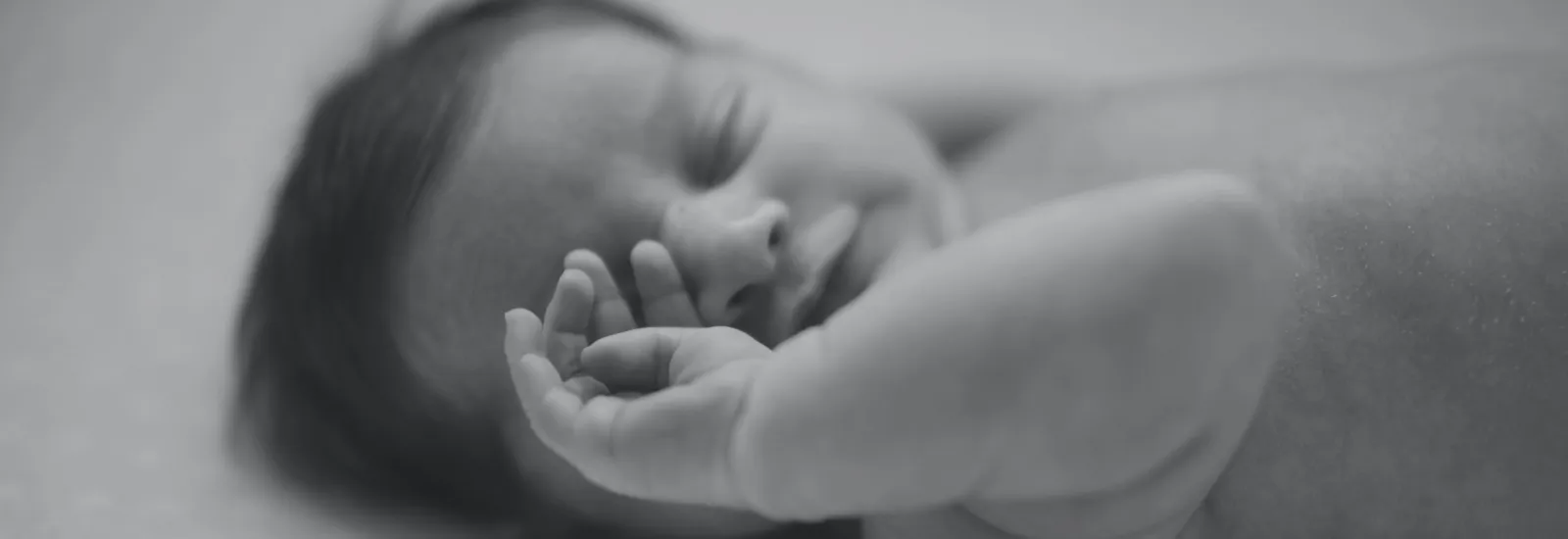
Safe sleep for infants: What you need to know
Newborns' sleeping patterns can sometimes be exhausting for their parents so nothing may seem as sweet as seeing their little one sleeping soundly. It's extremely important, however, to be sure baby is also sleeping safely according to the American Academy of Pediatrics (AAP).
The Academy and others involved in promoting safe sleep for babies note that ensuring your baby is sleeping in a safe place and in the best position has been shown to reduce the risks of Sudden Infant Death Syndrome (SIDS).
The National Institute of Health (NIH), Centers for Disease Control and Prevention (CDC), and AAP are among those who say the best way to keep baby safe during sleep time is to follow the following scientifically sound practices - sometimes called the ABCs for Safe Sleep.
Alone, Back, Crib for Safe Sleep (ABCs)
- Infants should sleep in the same bedroom as their parents but on a separate surface such as a crib or bassinet.
- Never let the infant sleep on a couch, armchair, or soft surface.
- Always place the baby on his or her back, on a firm sleep surface, and the crib should have a tight-fitting sheet. Babies are able to clear their throats of fluids better on their backs because of the location of their windpipe.
- Do not use soft bedding, crib, bumpers, blankets, pillows, or soft toys.
- Avoid exposure to smoke.
- Breastfeeding is recommended, when possible.
- If mom believes she might fall asleep while breastfeeding, do not feed the baby on a sofa or chair.
- Supervised awake tummy time should be practiced daily to facilitate development.
The AAP also suggests using a pacifier at nap and bedtime after breast-feeding is well established. Avoid using home monitors, wedges, or positioners that are sometimes marketed to reduce the risk of SIDS.
And it should go without saying: Avoid exposing baby to smoke alcohol or drugs.

